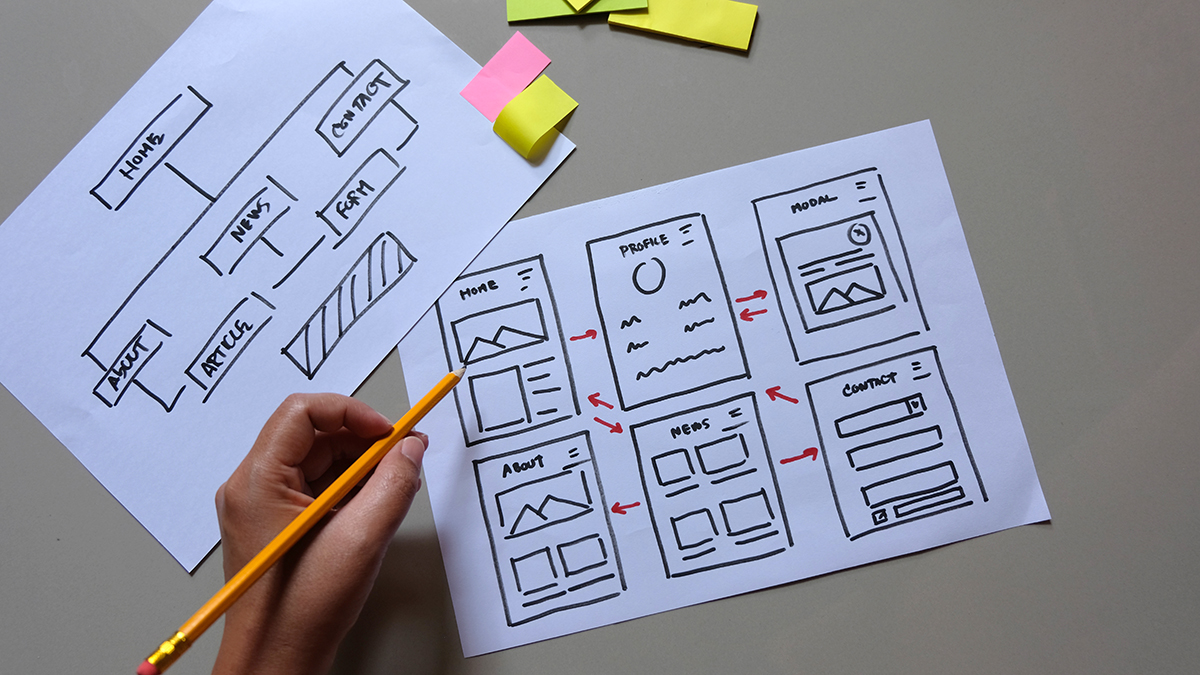Canonical URLs: Understanding and Implementing Them for Better SEO

In the world of search engine optimization (SEO), canonical URLs play an important role in ensuring that your website is easily discoverable and ranked by search engines. In this blog, we will explore what canonical URLs are, how they work, and why they are important. We will also provide practical tips on how to implement canonical URLs on your website.
What are Canonical URLs?

Canonical URLs are the preferred version of a webpage’s URL that should be used by search engines when indexing and ranking your website. They are used to resolve issues that arise from having duplicate or similar content on multiple pages of your website. Canonical URLs essentially tell search engines which page should be considered the original or primary version of the content.
How Do Canonical URLs Work?

To understand how canonical URLs work, it’s important to first understand what duplicate content is and why it can negatively impact your SEO efforts.
Duplicate content refers to any content that appears on more than one webpage, either within your website or on other websites. This can occur for several reasons, such as having multiple versions of the same webpage (e.g. www.example.com and example.com), using session IDs or tracking parameters in your URLs, or copying content from other websites.
When search engines encounter duplicate content, they can have difficulty determining which version of the content is the most relevant and valuable to users. This can lead to lower rankings, as search engines may choose to only display one version of the content or spread out the value of the content across multiple pages, diluting its impact.
This is where canonical URLs come in. By using a canonical tag on a webpage, you are telling search engines that this is the primary version of the content and any other versions of the content should be considered duplicates or secondary versions. Search engines will then prioritize the canonical version of the content when indexing and ranking your website, improving your overall SEO efforts.
Why Are Canonical URLs Important?
Implementing canonical URLs can provide some benefits for your website’s SEO. Here are just a few reasons why they are important:
- Avoiding Duplicate Content Penalties: As mentioned earlier, duplicate content can negatively impact your SEO efforts by diluting the value of the content across multiple pages or by causing search engines to only display one version of the content. By using canonical URLs, you can avoid these penalties and ensure that your content is being properly recognized by search engines.
- Improving Crawl Efficiency: When search engines crawl your website, they are looking for new content to index and rank. If they encounter multiple versions of the same content, it can slow down the crawl process and make it more difficult for search engines to discover new content. By using canonical URLs, you can streamline the crawl process and make it easier for search engines to find new content on your website.
- Enhancing User Experience: When users search for content, they want to find the most relevant and valuable information as quickly and easily as possible. By using canonical URLs, you are providing search engines with clear and consistent signals about which version of the content is the most relevant and valuable, making it easier for users to find what they are looking for.
How to Implement Canonical URLs?

Now that you understand what canonical URLs are and why they are important, let’s discuss how to implement them on your website. Here are some practical tips to get you started:
- Identify Duplicate Content: The first step in implementing canonical URLs is to identify any duplicate content on your website. This can be done using tools like Screaming Frog or Google Search Console.
- Choose the Canonical URL: Once you have identified the duplicate content, you need to choose which URL you want to be the canonical version. This should be the URL that you want search engines to prioritize when indexing and ranking
For more info about Digital Marketing, you can check out our blog.



